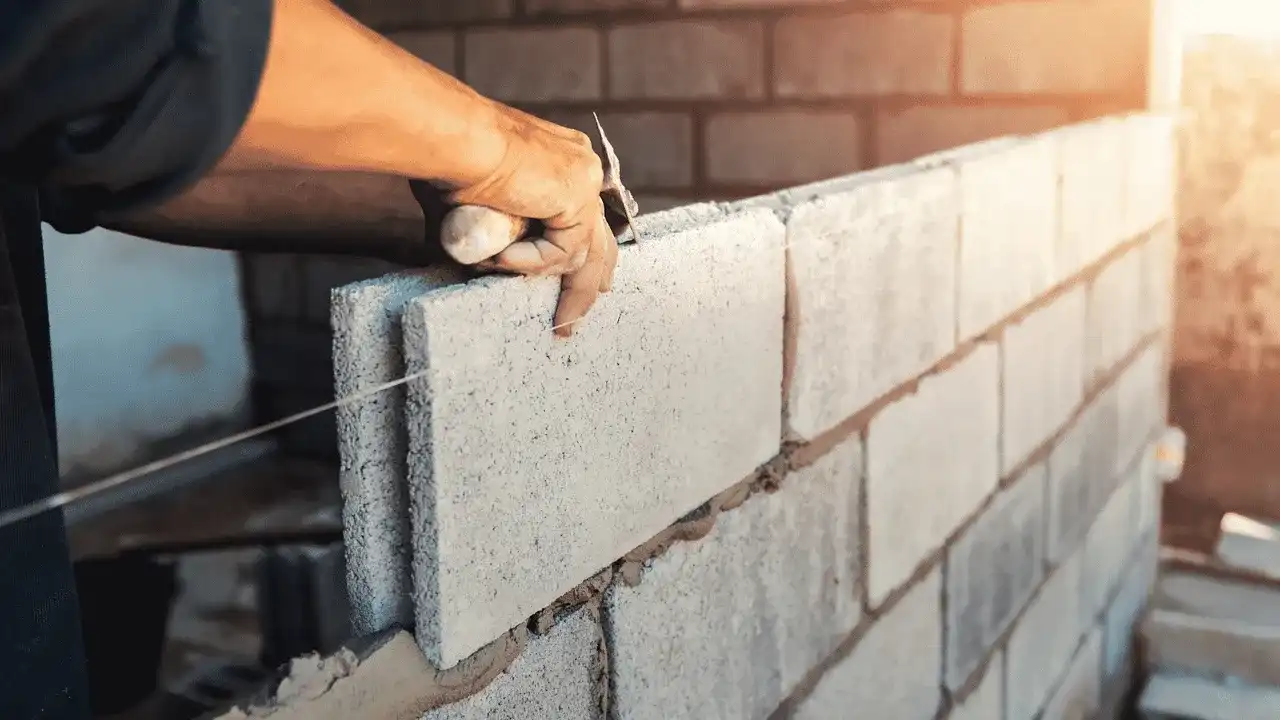30 May 2024

In the ever-evolving landscape of the construction industry, innovation is the driving force behind progress. As we stride into 2024, the building materials sector is witnessing a remarkable transformation, fueled by cutting-edge technologies, advanced manufacturing techniques, and a heightened focus on sustainability. The United Arab Emirates (UAE), a nation known for its architectural marvels and commitment to innovation, is at the forefront of embracing these trends, shaping the future of building construction material and paving the way for a more efficient and eco-friendly built environment.Latest Trends and Innovations
The UAE has been a leader in adopting 3D printing and additive manufacturing. They use these technologies in construction. These new techniques enable the making of complex structures. They do so with great precision and efficiency. They also cut material waste and construction time. It is changing how we design and build buildings. It spans from 3D-printed concrete structures to detailed architectural parts.
Modular construction is gaining traction in UAE. It involves making building parts off-site and putting them together on-site. This approach streamlines construction. It also cuts waste and improves quality. It makes construction sites safer. Modular construction allows for more design flexibility. It also speeds project completion. This makes it an attractive option for the region's ambitious plans.
Smart materials are being integrated into building components. This is set to reshape construction. These materials have unique properties. They allow them to respond to outside stimuli, like changes in temperature, pressure, or electric fields. Examples include self-healing concrete, photovoltaic glass, and phase-change materials for thermal regulation. Smart materials are more durable, use less energy, and make occupants more comfortable. They align with the UAE's sustainability goals.
The UAE has led in adopting Building Information Modeling (BIM). BIM allows for making digital twins of construction projects. These virtual replicas let architects, engineers, and contractors see and improve designs. They can simulate construction and find issues before they happen on-site. BIM improves collaboration. It also boosts efficiency and cuts costly mistakes. This leads to more sustainable building practices.
Building materials trends are set to revolutionize the construction industry. They will bring in a new era of sustainable and efficient practices. These new materials and tech are changing how we design and build buildings. They also challenge old methods and pave the way for a greener, tougher built environment.
• The use of sustainable and renewable materials is integrating into construction. These materials include recycled concrete, bio-based composites, and bamboo. They are significantly reducing the industry's reliance on finite resources. The UAE is embracing these eco-friendly options. It is contributing to the environment's preservation and promoting a circular economy. This economy minimizes waste and maximizes resource efficiency.
Read more about: The Ultimate Guide to Sustainable Building Materials
• Also, advanced manufacturing techniques, like 3D printing and modular construction, are being adopted. They allow unprecedented levels of material optimization and waste reduction. These processes use less material. They also reduce waste and use resources well. They match the principles of sustainable development.
• The trends in Innovative building materials are eco-friendly. They also offer big advantages in efficiency and cost. Advanced manufacturing techniques, like 3D printing and modular construction, speed up construction. They cut project timelines and costs. The techniques minimize waste. They also enable precise fabrication. They cut costs and improve efficiency.
• Also, new technologies, like smart materials and digital twins, are changing how we design, build, and operate buildings. Smart materials have self-healing and energy-efficient properties. They can extend the lifespan of structures and reduce maintenance costs. Digital twins enable better design and construction. They cut costly mistakes and rework.
The latest trends in building materials for 2024 in UAE are a testament to the nation's commitment to innovation and sustainability. The UAE embraces sustainable and renewable materials. It uses advanced manufacturing and emerging technologies. It is paving the way for a future where projects are both architectural marvels and environmentally responsible. These trends will reshape construction. They will create a built environment that fits with sustainability and efficiency. They will ensure a better future for generations to come.